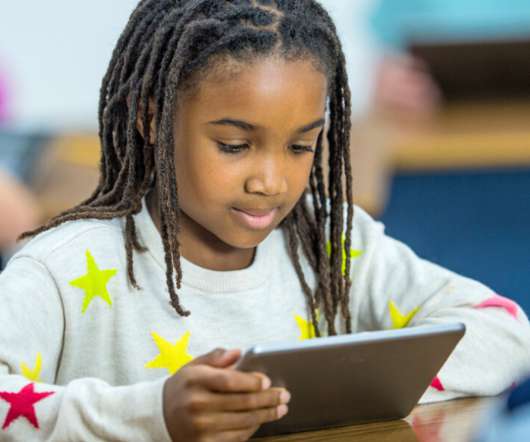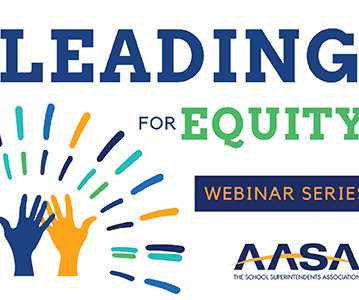Innovative ideas for school libraries
eSchool News
DECEMBER 11, 2023
As librarians, our job is to not only give students and teachers access to resources they need to succeed, but to be their guide when choosing these resources. As times have changed, technology has advanced, and student needs have evolved—so, too, has the role of the librarian. Who is the modern librarian? Holzweiss asked.




















Let's personalize your content